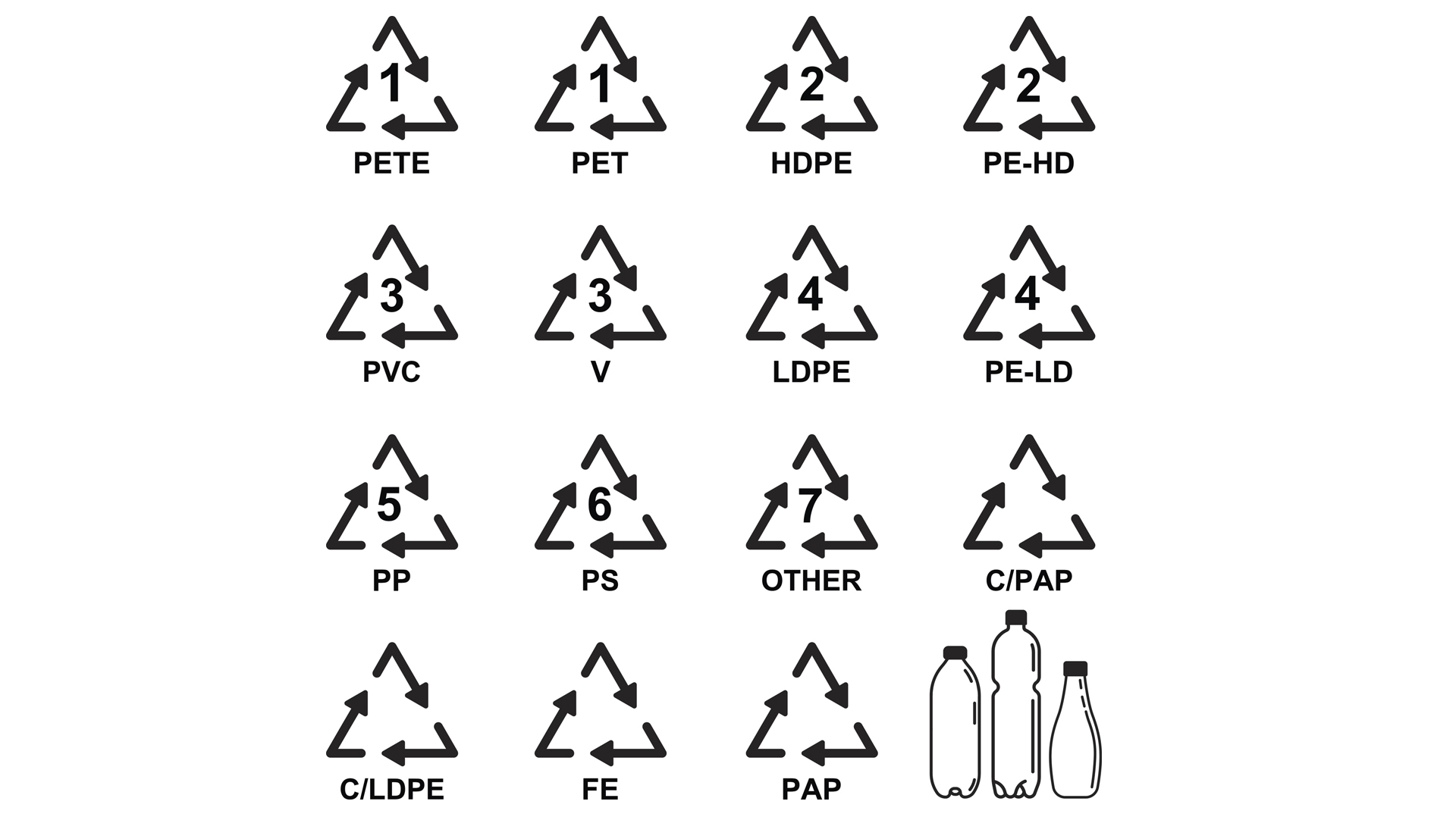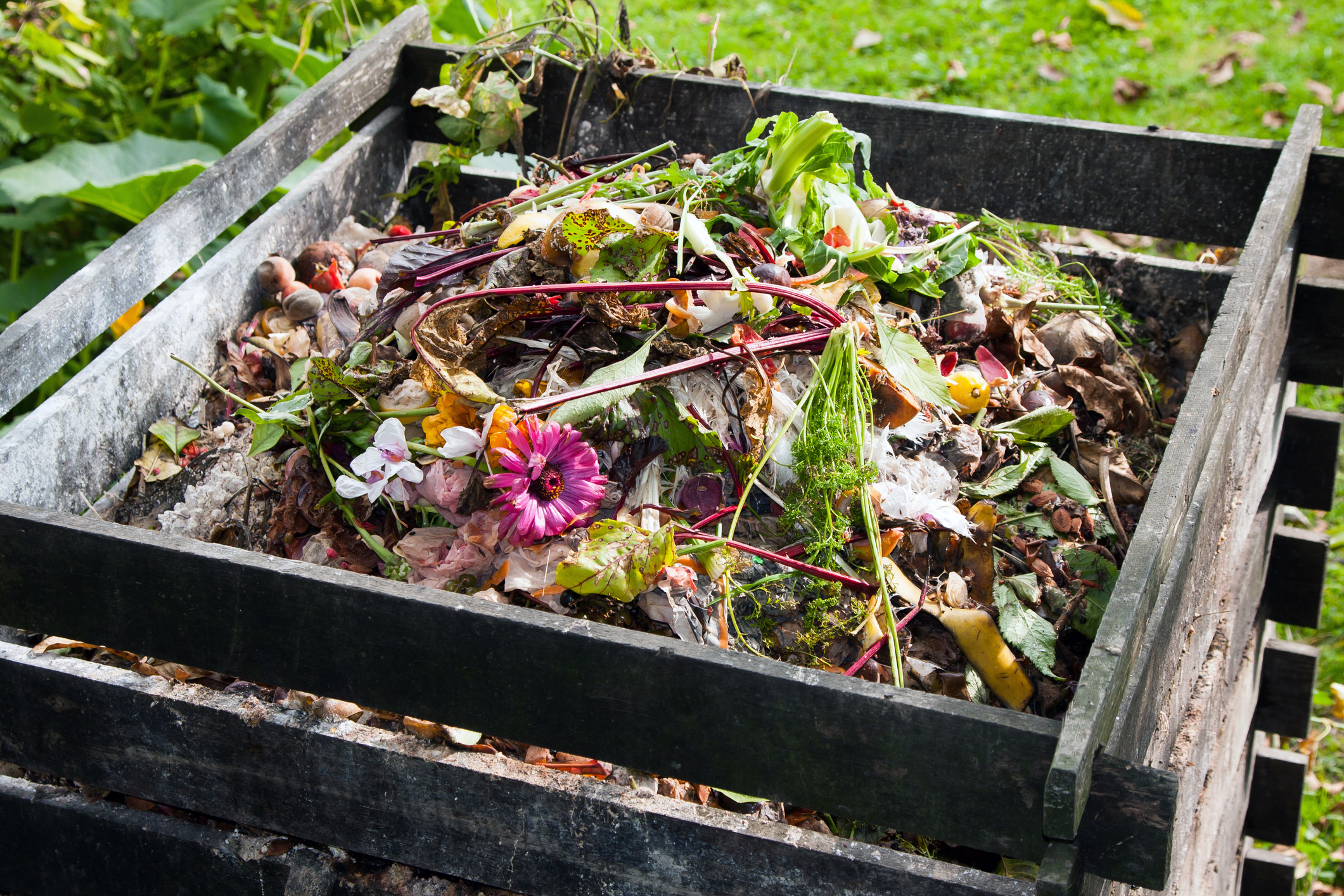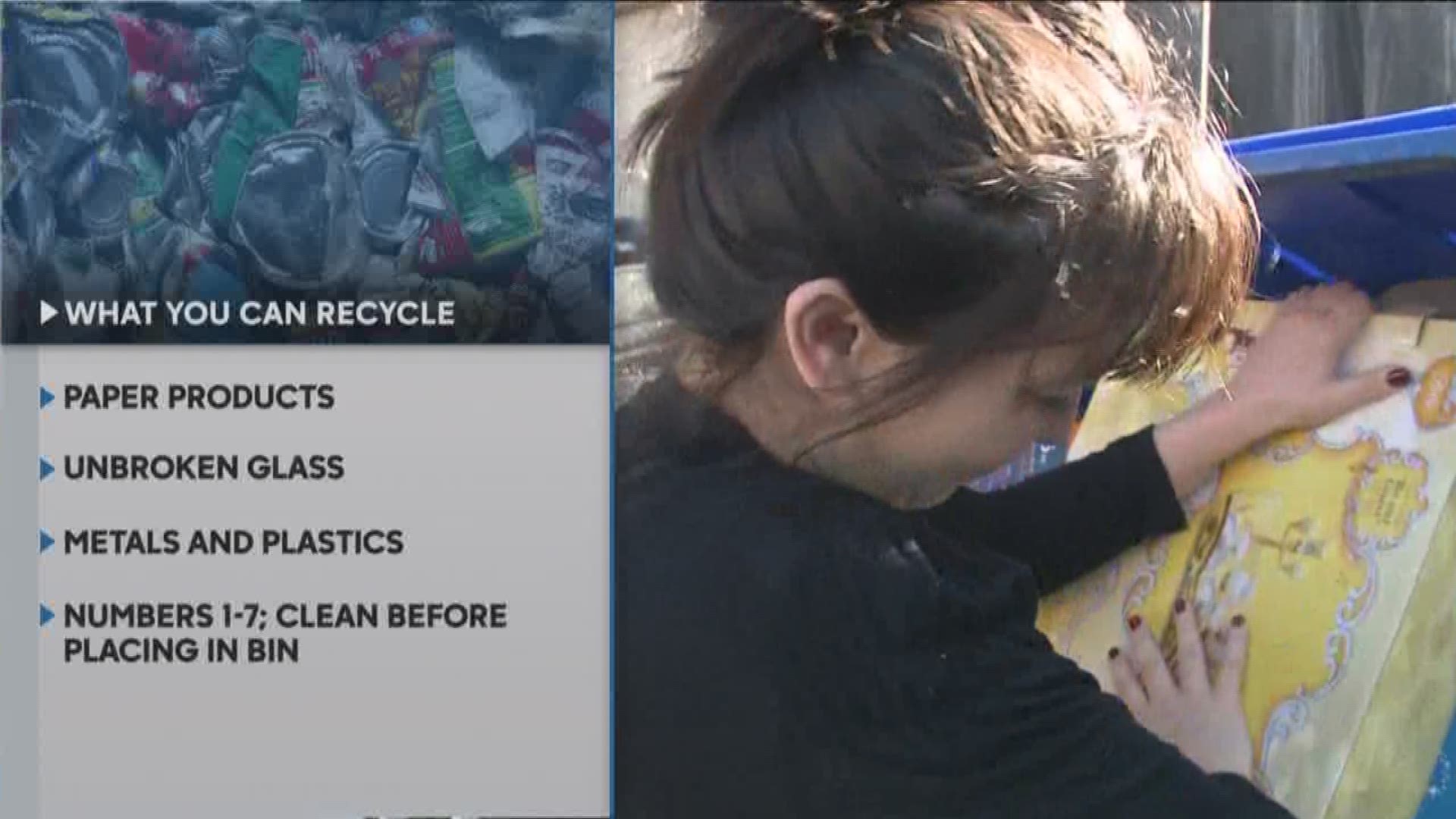Are you someone who puts things in the recycling bin "just to be safe?" Chances are you separate your recyclables from your garbage. But are you doing it correctly? Probably not.
The increasing cost of recycling is an issue affecting cities throughout the country. According to USA Today, there are multiple reasons why the value of recovered waste products is plummeting, but one big reason is the way people recycle at home.
Do you know what you can and can't put in your blue can for pickup?
SACRAMENTO AND STOCKTON
*If it's clean and dry, put it in*
- Mixed paper: Newspaper, magazine, junk mail, cardboard, frozen food packaging, wrapping paper, paper bags, etc.
- Cans: aluminum, foil, tin, steal, aerosol (empty without pressure) and metal food trays
Have metal bottle caps? Place them inside an empty tin can, then carefully clamp the can closed. That way the caps won't be lost at the recycling center.
- Unbroken glass: Wine bottles, bottles and jars
- Plastic: Rigid containers like milk jugs, shampoo or water bottles.
Look for a stamped #1 through #7.

STANISLAUS COUNTY
Ceres, Hughson, Newman, Patterson, Turlock and Waterford have the same rules as Sacramento and Stockton.
- Modesto: Black bins -- For household garbage, animal waste, litter box debris, diapers
Green bins -- For food waste (including meat and bones), paper products like newspapers or junk mail, cardboard and chipboard.
What about plastics and glass? Click here to find your nearest buy-back program - Oakdale: Black bins -- For garbage, but also for blue bags. Those bags are used to hold glass bottles and jars, tin, steel, aluminum cans and clear plastic containers.
Gray bins -- For newspaper, flattened cardboard and all yard/green waste.
DO YOU COMPOST?
A great way to reduce the amount of waste in our landfills is by composting some of your household garbage.
In cities like Modesto and Oakdale, you'll have a bin for these items. If you're not living in a city with a bin for compost, you can still start a compost pile. There's a lot of benefits to composting, like adding nutrients to the soil in your lawn or garden, compost is better for the environment than chemical fertilizers and the practice can reduce your garbage and landfill waste.

What to compost:
- Table scraps (green material): fruit, vegetables, crushed eggshells, tea leaves (loose or in bags) and coffee grounds. Do not compost meat, fish or bones as these items will attract pests. Fruit peels and rinds that are not organic could contain pesticide residue and shouldn't be composted.
- Yard trimmings (green material): Leaves, grass clipping, garden plants, straw or hay without seeds, pine needles, flowers, seaweed and kelp.
- Paper products (brown material): Newspapers, shredded paper, cardboard -- but avoid glossy pappers and colored inks.
- Dryer lint can also be thrown into your compost pile.
How to compost:
- You can start with a homemade or manufactured bin, or create an open pile outside. The CalRecyle website offers information to help you decide which option is best for you.
- According to CalRecyle, the easiest compost recipe includes equal parts green or wet material, and brown or dry material. Layer or mix these materials in a pile or enclosure, then water or fluff the compost to add air. Over time, microorganisms will breakdown the material.
- Remember to be patient -- composting can take up to several months before the material can be used. You can tell it's finished when the material becomes a dark brown, crumbly product with an earthy aroma.

